We may earn money or products from the companies mentioned in this post. This means if you click on the link and purchase the item, I will receive a small commission at no extra cost to you ... you're just helping re-supply our family's travel fund.
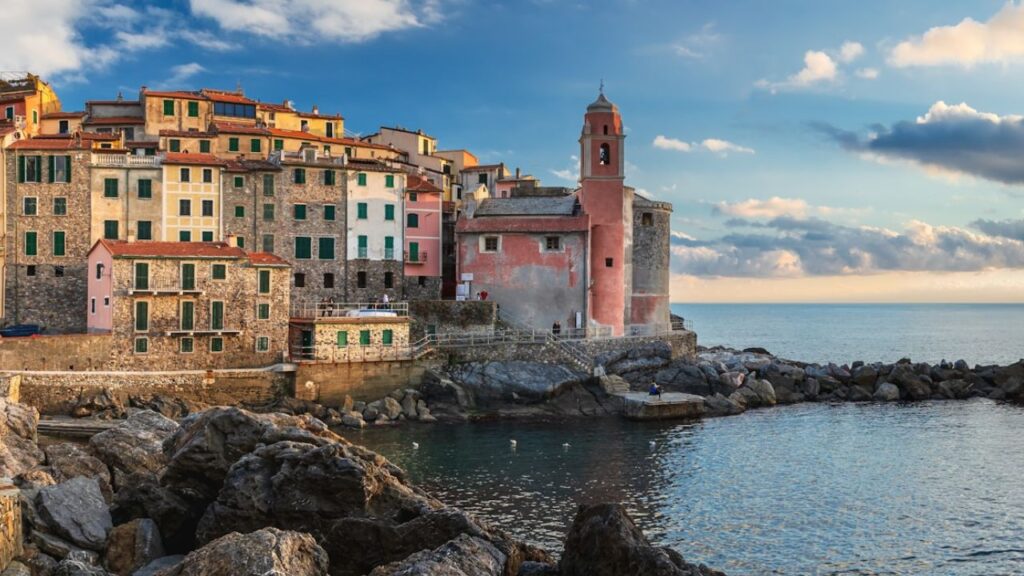
You know the famous cities, but Italy’s true heart beats in its villages. These are the places where cobblestones echo with church bells, where wine is poured by the grower, and where neighbors greet each other across piazzas. Visit in spring when festivals bloom or in autumn during harvest and you’ll find authenticity intact. These villages may be small, but they hold the kind of character and beauty that lingers long after you’ve left.
1. Tellaro, Liguria
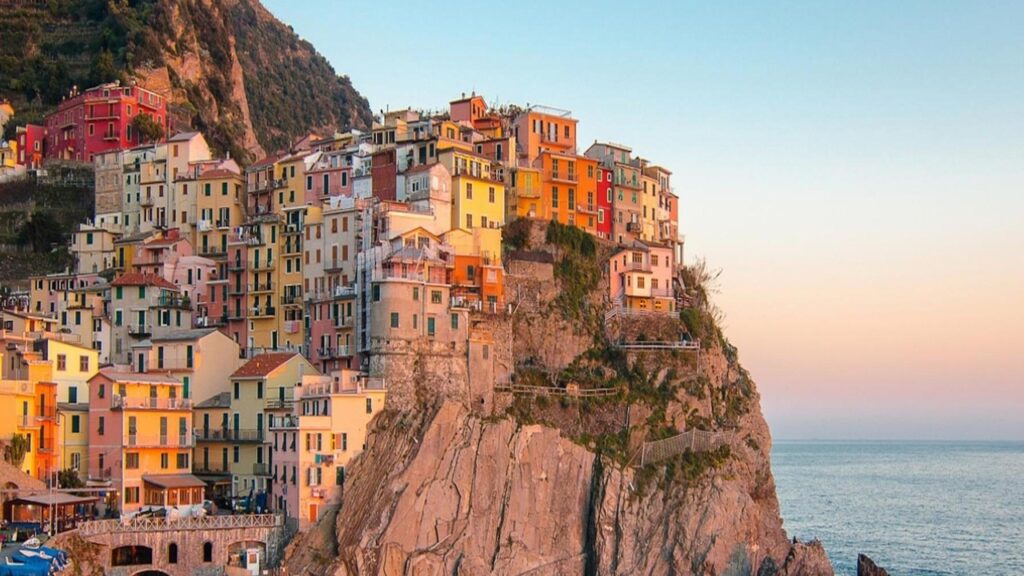
Tellaro rests on the Ligurian coast, a fishing village that feels both timeless and untouched. Pastel houses lean into the cliffs, and narrow alleys lead you down to the sea where boats rock gently on the tide. At dusk, the village glows in warm light as bells carry over the water and fishermen mend their nets. Here you trade itineraries for moments that feel unhurried, sipping coffee on a quiet square while the horizon takes center stage.
2. Pitigliano, Tuscany

Pitigliano rises from volcanic stone like a citadel suspended in time. Known as Little Jerusalem, it preserves Jewish heritage in its restored synagogue and old communal ovens. Its maze of streets climbs toward Palazzo Orsini and then spills into the Vie Cave, ancient pathways carved by the Etruscans. As the day fades, the cliff walls glow amber and the valley below turns to shadow. With a glass of local white wine in hand, you see Tuscany at its most authentic.
3. Procida, Campania
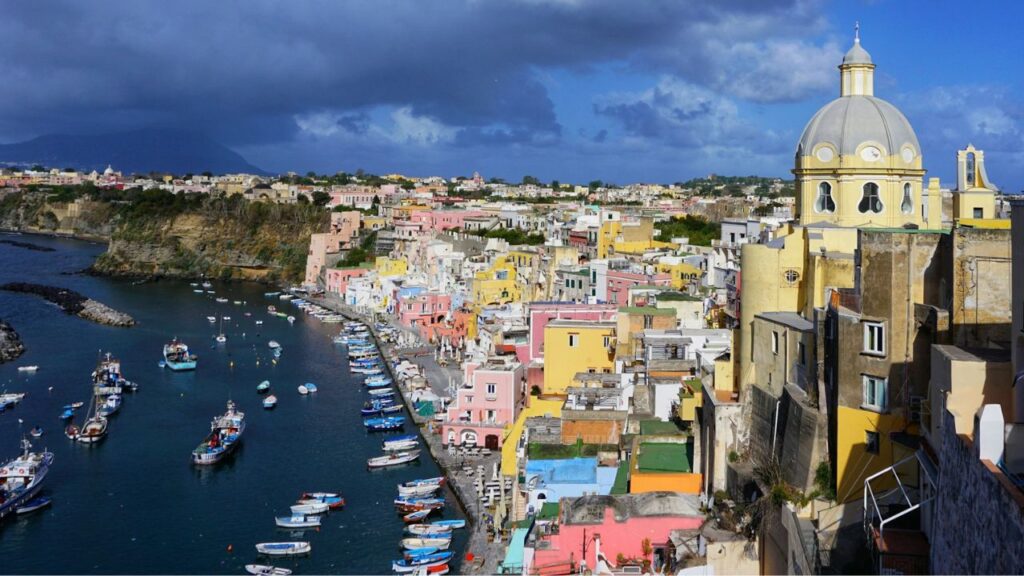
Procida is the smallest island in the Bay of Naples, often overlooked yet unforgettable once you step ashore. Its harbor dazzles with rows of pink, yellow, and blue houses stacked like theater scenery against the water. Climb to the Terra Murata citadel for sweeping views across the bay and feel the island’s slower rhythm in its winding streets. Dinner here is simple and fresh, seafood caught that morning and paired with local wine, best enjoyed at a table overlooking the sea.
4. Chioggia, Veneto
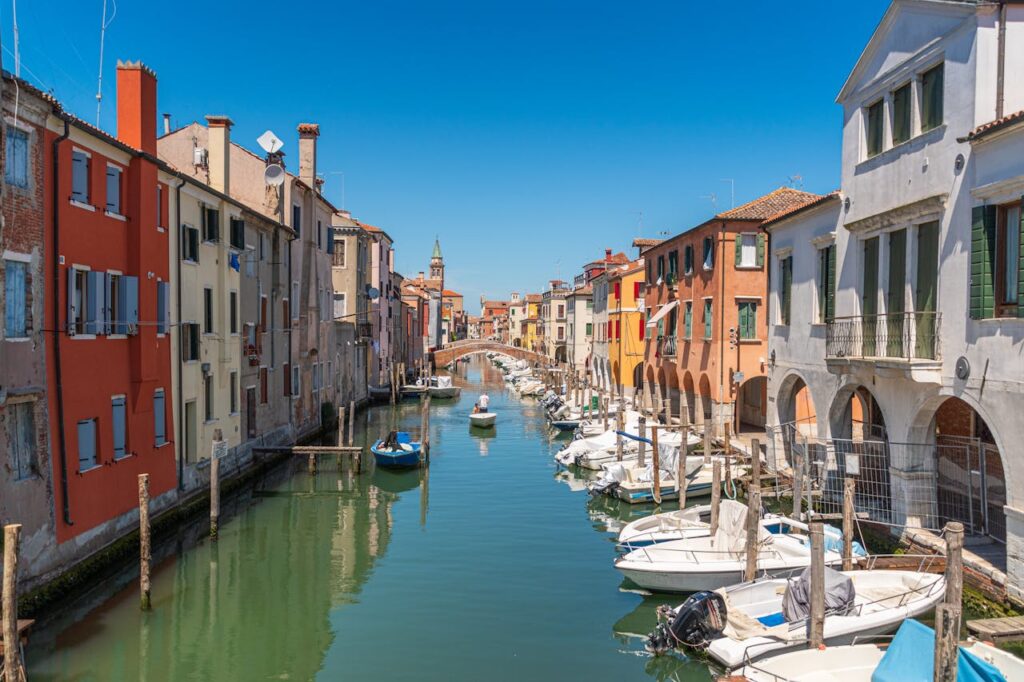
South of Venice, Chioggia shows what lagoon life feels like without the crowds. Its canals shimmer with fishing boats, laundry sways from balconies, and bicycles glide past market stalls. The fish market at dawn is a ritual of noise and salt, crates of sardines and anchovies passed from hand to hand. Afternoons invite slower walks along bridges and piazzas before settling at a trattoria for whatever the sea offered that morning. It’s Venice in essence, but with its soul intact.
5. Locorotondo, Puglia
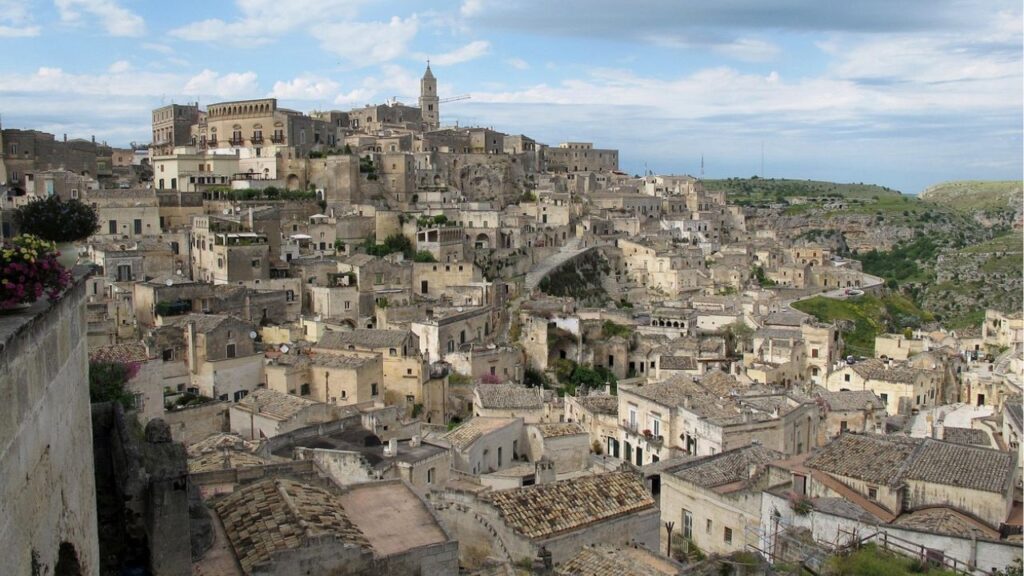
Locorotondo curls in a perfect circle on a ridge, whitewashed and luminous in southern sunlight. Geraniums tumble from balconies, domes rise above rooftops, and fields of trulli scatter across the valley below. This is Puglia’s wine country, known for crisp whites that pair perfectly with local bread and cheese. Walk its spiraling alleys until you find a belvedere where the countryside stretches out in gold and green. It’s the kind of town where beauty arrives without trying to impress.
6. Viterbo, Lazio
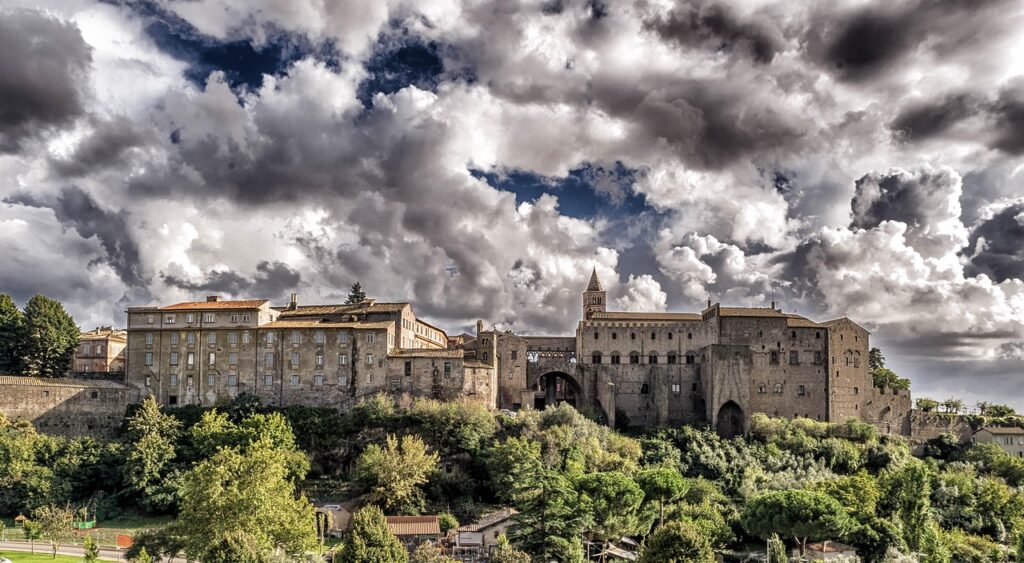
Two hours north of Rome, Viterbo hides behind stone walls that once sheltered popes. Inside, medieval lanes lead you toward the Palazzo dei Papi with its elegant arches overlooking tiled rooftops. Yet the real joy here lies just outside the walls, in steaming thermal pools that have soothed travelers for centuries. Spend the morning soaking, then wander back into town for evenings filled with ivy-covered squares and trattorias serving local specialties under the glow of lantern light.
7. Noto, Sicily
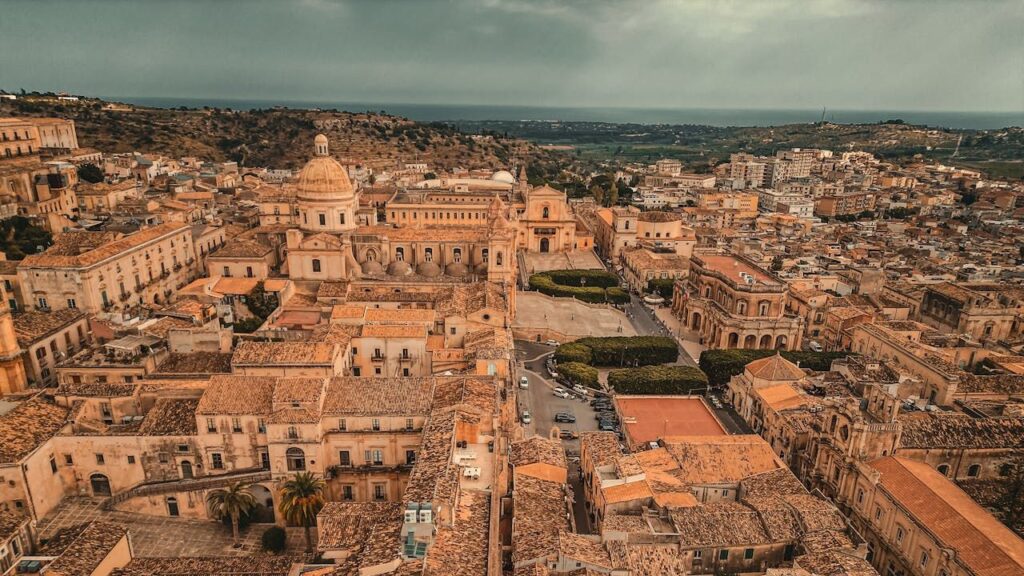
Noto was rebuilt after an earthquake, and it shows in its harmony of baroque design. Buildings glow in pale stone that deepens to gold in the evening, balconies curl in flourishes, and grand churches line the main corso. Walk slowly, stopping for almond granita in cafés that have been there for generations. Nearby beaches stretch with soft sand and a Mediterranean breeze. Noto is both elegant and inviting, a town where art and everyday life share the same street.
8. Saluzzo, Piedmont
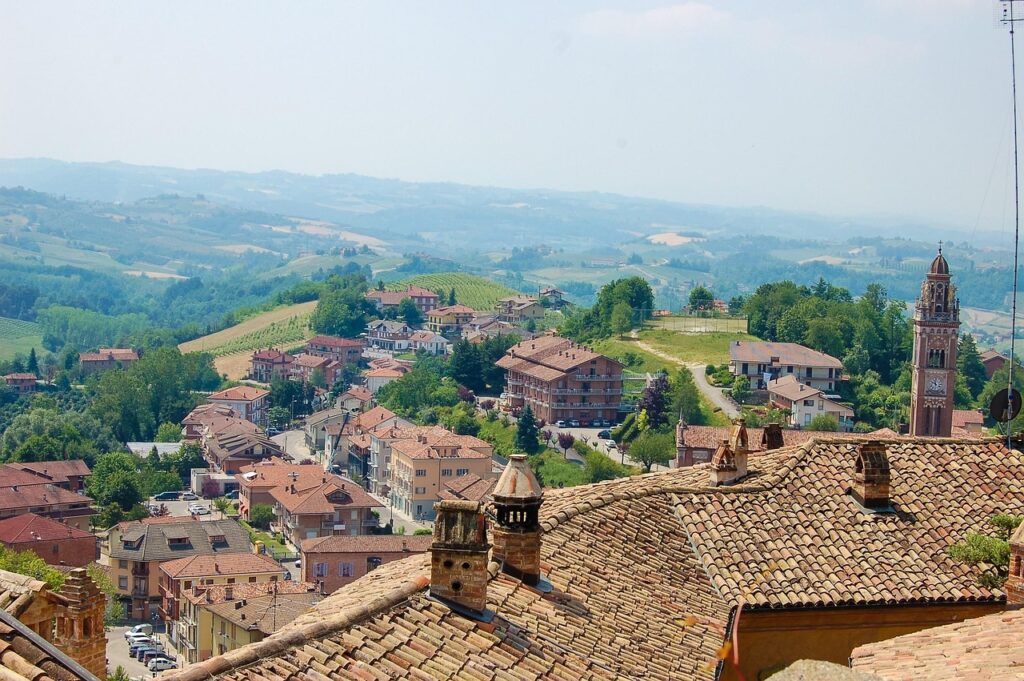
Saluzzo sits quietly at the edge of the Alps, framed by mountains and filled with arcaded streets that once belonged to Renaissance nobility. Visit Casa Cavassa for frescoes and carved wood, then follow cobbled lanes up to castle gardens with views that sweep across vineyards and snow peaks. This is a town of small discoveries: a courtyard fountain, a shop selling hazelnut sweets, a bell tower marking time. Come here for wine and mountain air, and you’ll want to linger longer.
9. Spello, Umbria
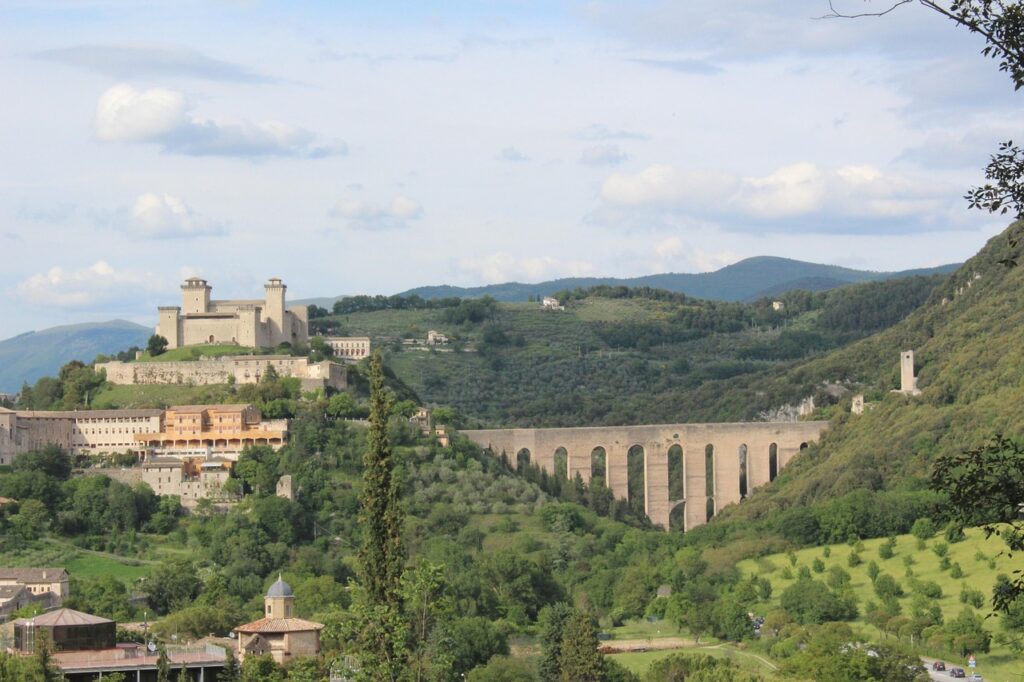
Spello glows in pink limestone, its Roman gates and winding alleys opening into quiet piazzas. In late spring, it becomes a living canvas during Le Infiorate, when locals lay floral carpets through the streets overnight. Off-season, frescoed chapels and olive groves give you reason to wander without hurry. Restaurants serve meals made from herbs and oil pressed from the surrounding hills. Each corner feels like a secret, a reminder that beauty is richer when it is not rushed.
10. Bosa, Sardinia
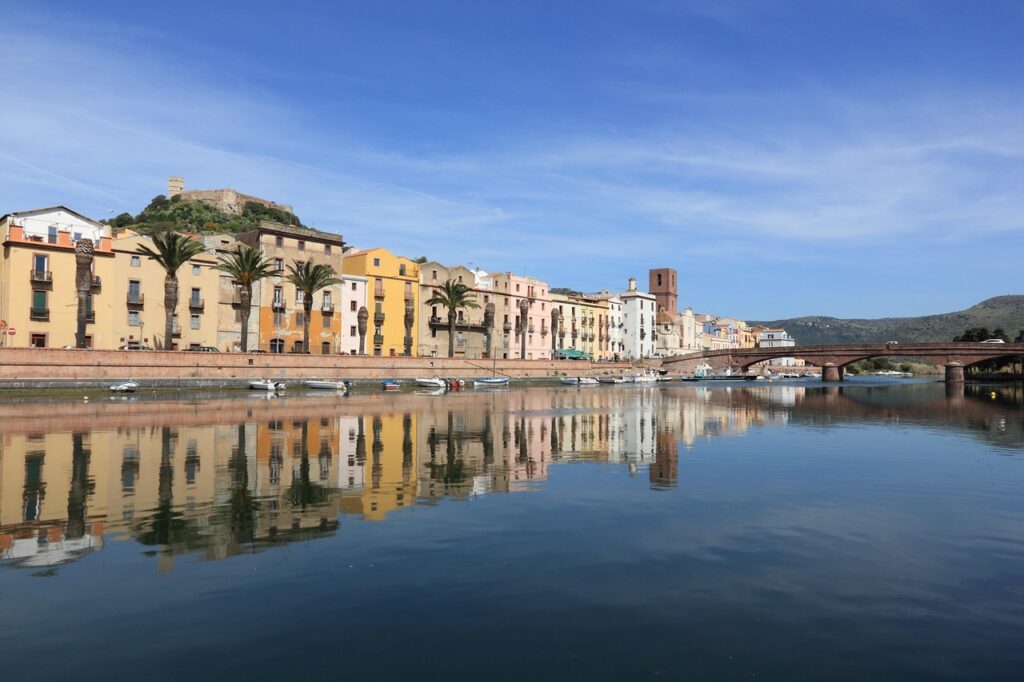
On the Temo River, Bosa unfolds in a cascade of colors climbing toward a medieval castle. Boats line the quay, narrow alleys twist into hillside neighborhoods, and balconies spill with laundry and vines. Taste Malvasia wine in vaulted cellars or sit outside with seafood fresh from the coast. Beyond town, cliffs and coves reveal Sardinia’s wild side, with flamingos wading in nearby lagoons. Bosa charms because it feels both lived-in and luminous, a balance few towns keep so naturally.
11. Orta San Giulio
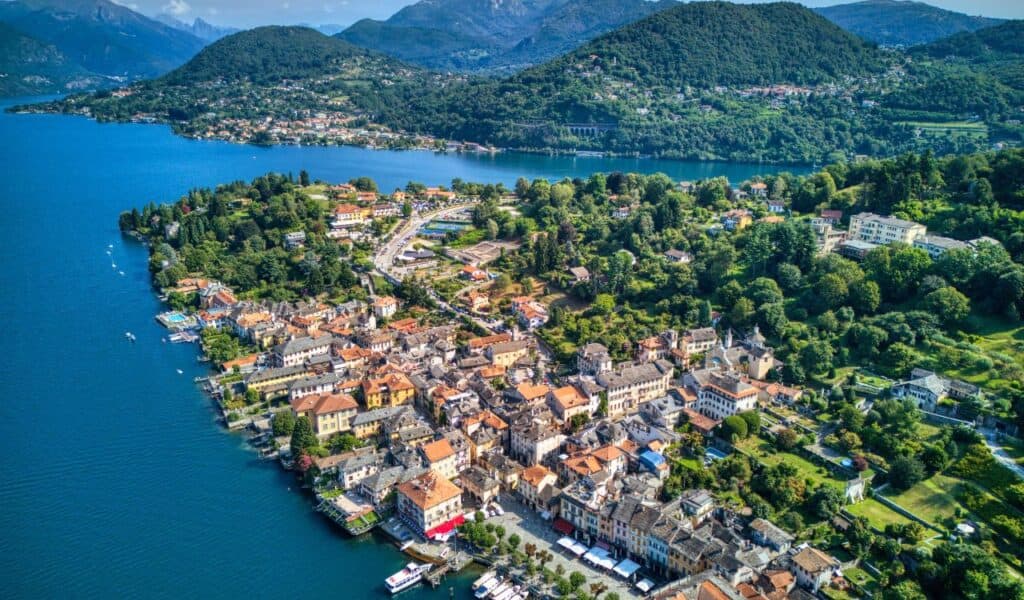
Tucked beside a mirror‑calm lake in the shadow of the Alps, Orta San Giulio trades spectacle for serenity. Narrow lanes spill toward the water, where stone steps meet bobbing boats and café tables catch the late sun. Climb the Sacro Monte for quiet chapels and woodland paths, then return for an evening passeggiata along the shore as bells ripple across the bay.